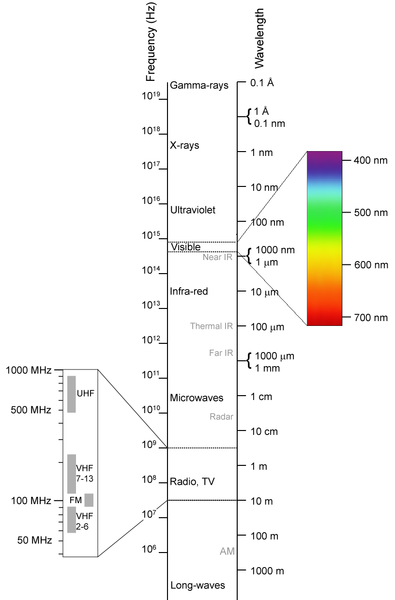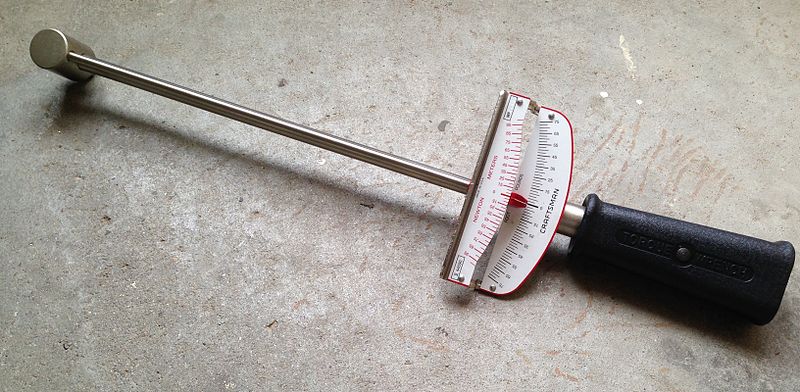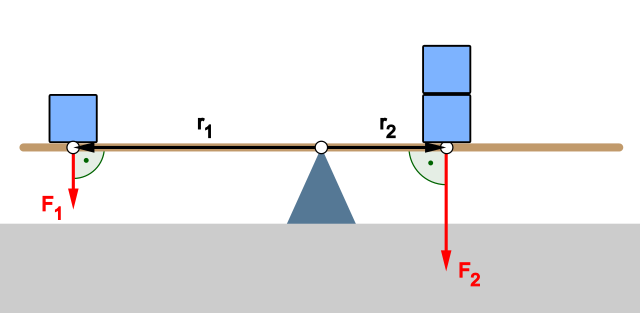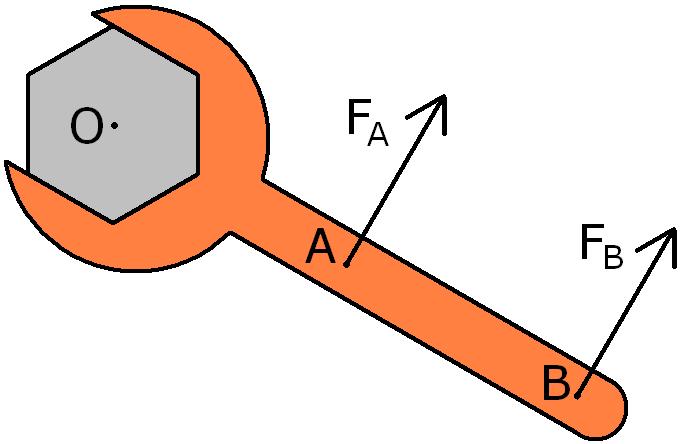Your assignment for the next two weeks is to read, take notes, and complete questions from Chapter 18, Electromagnetic Waves and Light, in your textbook.
There are five sections in Chapter 18, so your pace should be completing about one section every two days.
When we return to school, you will have an open-notes test on Chapter 18, so be sure to take good notes (printed materials are not allowed on the test, just your hand-written notes as well as your hand-written answers to questions at the back of the chapter.
Learning Resources

- If you can’t find your textbook, I have scanned it and you can read/download each section here.
- Starting on Tuesday, I will hold an optional Question and Answer session via Zoom from Noon until 1:00. If you have any questions, feel free to log in and ask.
- Zoom requires an app for your computer or phone, but the company has a great reputation and is not full of ‘bloatware.’
- You can visit Zoom on the web here, or using a phone app you can enter this Meeting ID: 569-283-4396
- I think you need to create a Zoom account to join a meeting but you can use it in the future as well.
- Due to the COVID1-19 emergency, Zoom is allowing free student and teacher upgraded accounts for the rest of the spring.
- I will be posting online tools to help with understanding each section, so keep an eye out here if you have questions (I’ll add links below for each section as I create them.
- Section 1: Electromagnetic waves
- Section 2:
- Section 3:
- Section 4:
- Section 5:
- You may also post questions on the bottom of each section post, and I will answer them there.
- If you with to email me, I will answer your email as well as posting the question and answer on the corresponding section page.






